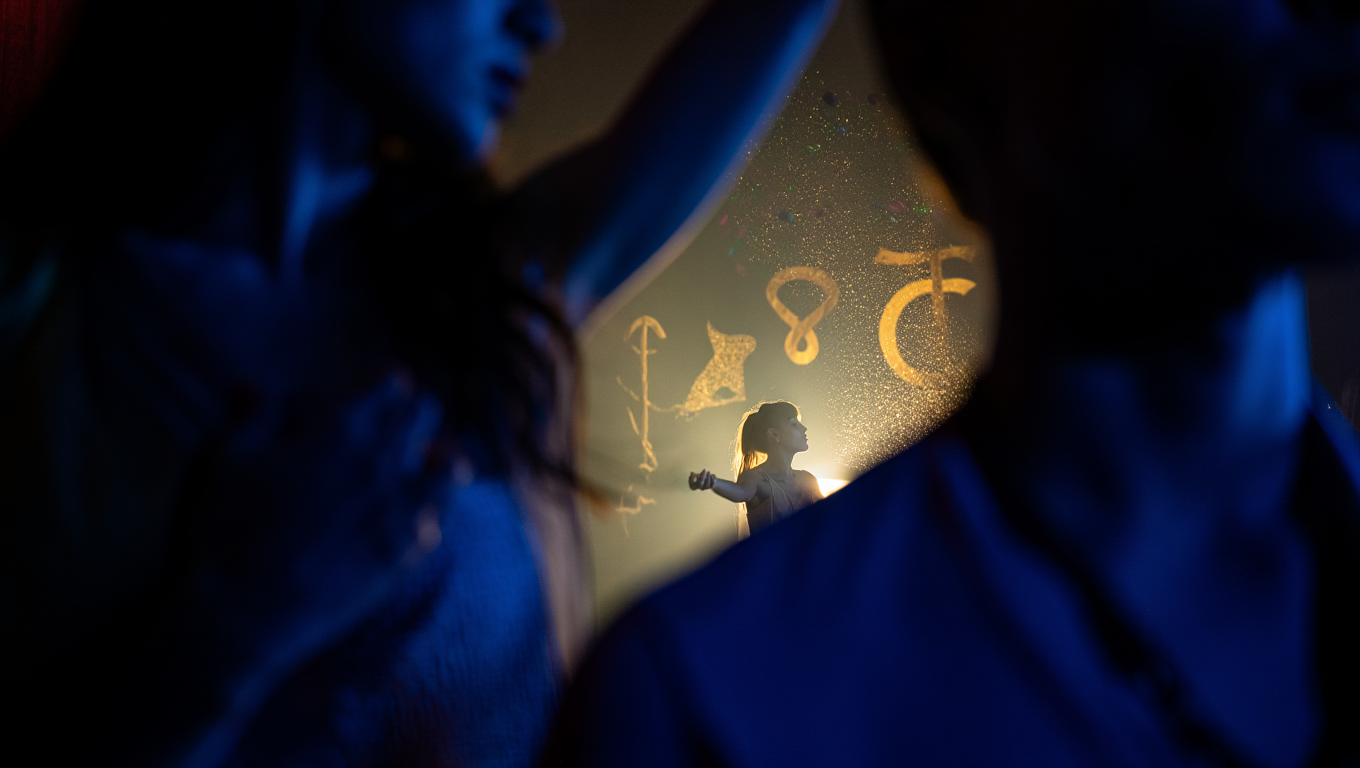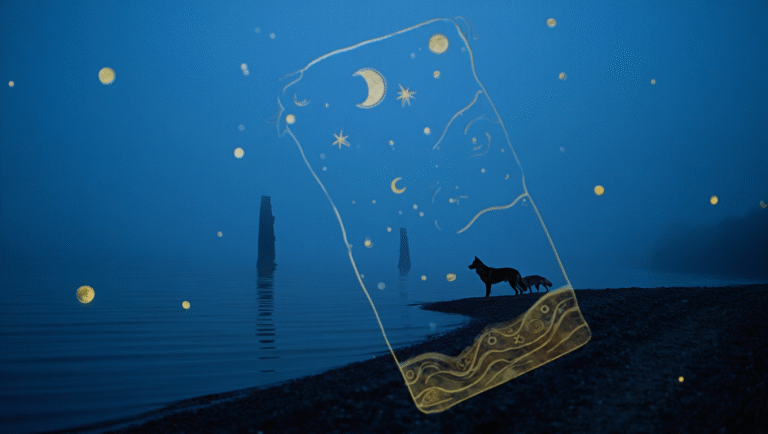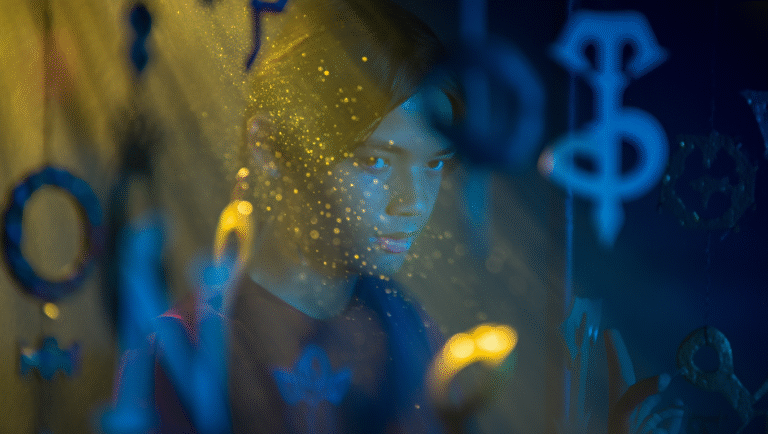Understanding Synastry Charts
Have you ever wondered why you just “click” with some people while others seem to push all your buttons? While personality tests and psychology offer plenty of answers, astrology has its own toolkit for relationships—and synastry charts are at the top of the list. If you’re ready to move beyond Sun sign compatibility and see how your birth chart weaves together with someone else’s, read on. This is your practical guide to understanding synastry charts without the mystic jargon—just real tools, real steps, and a little bit of cosmic fun.
What Is a Synastry Chart, Really?
In astrology, a synastry chart is basically a “relationship map.” It overlays two people’s natal (birth) charts to see how their planets interact. Unlike a single birth chart, which tells you about your individual strengths and quirks, synastry is all about connection: where things flow easily, where there might be friction, and what themes keep popping up.
“Think of synastry as the user manual for your relationship. It won’t predict the future, but it can help you work smarter together.”
Why Synastry? The Context
Let’s be honest: “astrology for relationships” gets a bad rap because of those clickbait “Which zodiac sign is your soulmate?” quizzes. But synastry goes deeper than Sun signs. Astrologers use it to:
- Spot the natural chemistry (and friction!) between two people
- Pinpoint growth areas—where you challenge each other
- Understand communication styles
- Navigate long-term patterns (think: why you fight about money or never agree on vacation plans)
It’s widely used for romantic couples, but also friends, business partners, and even family members. The goal? More self-awareness, fewer “Wait, why did we argue about that again?” moments.
Case Study: Anna & Mark’s Communication Puzzle
Let’s ground this in a real-world example. Anna and Mark have been together for two years. Anna feels like Mark doesn’t listen, while Mark wishes Anna would “just say what she means.” Classic, right?
When they ran their synastry chart, their Mercury (communication planet) placements were at odds: Anna’s Mercury in Taurus (slow, steady, practical), Mark’s in Sagittarius (fast, philosophical, sometimes blunt). Their chart showed Mercury “square” Mercury—a classic signal for communication style clashes.
But here’s the kicker: Their Venus and Moon placements were harmonious, showing deep emotional compatibility. Once they understood their friction was about style, not substance, they started using clearer signals (like “I need time to process, can we revisit this tonight?”). Fewer misunderstandings, more connection.
How to Read Your Synastry Chart in 15 Minutes
You don’t need to be an astrologer to get started. Here’s a quick, practical guide:
Step 1: Gather Your Birth Details
- Your birth date, time, and place
- The other person’s birth date, time, and place (as accurate as possible!)
Tip: No time? The chart will still work, but some details (like the Moon or Ascendant) may be less precise.
Step 2: Generate Your Synastry Chart Online
- astro.com (free, detailed, a bit old-school UI)
- Astro-Seek (modern, user-friendly interface)
- Cafe Astrology (great explanations for beginners)
Step 3: Focus on the Big Three—Sun, Moon, and Rising
- Sun: Core personality and life direction
- Moon: Emotional needs and instinctual habits
- Rising (Ascendant): First impressions, approach to life
Check how these planets “talk” to each other. Are they in harmony (trine, sextile)? Or do they challenge each other (square, opposition)?
Step 4: Zoom In on Venus & Mars
- Venus: Love language, affection, values
- Mars: Passion, drive, conflict style
Venus-to-Venus or Mars-to-Mars connections show how you handle romance, intimacy, and arguments. If these clash, expect sparks—for better or worse!
Step 5: Look for Mercury Contacts
How do you communicate? Hard Mercury aspects (like squares or oppositions) = potential misunderstandings. But with awareness, you can turn this into a superpower for clarity.
Bonus: Outer Planets for the Big Themes
Jupiter, Saturn, Uranus, Neptune, and Pluto show long-term growth, challenges, and transformation. Don’t get bogged down—just note if there are strong contacts (especially Saturn for commitment, Pluto for intensity).
Quick Reference Table: Key Synastry Aspects
| Aspect | What It Means | How It Feels |
|---|---|---|
| Conjunction | Planets side by side | Strong focus, intense energy (can be good or overwhelming) |
| Trine/Sextile | Easy, flowing angles | Harmony, support, “we just get each other” |
| Square | Challenging angle | Tension, friction, growth through challenge |
| Opposition | Planets opposite | Pulled in two directions, balancing act |
Best Tools and Books for Synastry (2024 Picks)
-
The Astrology of You and Me by Gary Goldschneider
Fun, practical, and covers all relationship types.
Check price on Amazon
Pros: Great for beginners; real-life examples.
Cons: Not as deep for advanced readers.
Best for: Anyone wanting practical, relatable insights. -
Relationship Astrology: The Beginner’s Guide to Charting and Understanding Your Cosmic Chemistry by Jessica Lanyadoo
See today’s deal
Pros: Clear explanations, accessible for all levels.
Cons: Focuses on romantic dynamics.
Best for: Couples, dating, or self-discovery. -
Astro-Seek Synastry Calculator
Try it for free
Pros: Free, accurate, easy to use.
Cons: Less guidance for beginners.
Best for: DIY chart fans, budget-conscious readers.
Crystal Support for Relationship Clarity
If you enjoy a practical boost, some people find that working with certain crystals helps them reflect on relationship patterns. Here’s a quick comparison:
| Name | Key feature | Size/Material | Price range | Amazon link |
|---|---|---|---|---|
| Rose Quartz | Love, compassion | Palm stone, tumbled | $8–$25 | See on Amazon |
| Amethyst | Calming, insight | Cluster, point | $10–$30 | Check price |
| Lapis Lazuli | Communication | Bracelet, stone | $12–$40 | View on Amazon |
Note: Crystals can be lovely reminders, but aren’t a replacement for honest conversations or professional advice.
15-Minute Synastry Ritual: Get Insight, Not Overwhelm
Want to make this a mindful moment? Try this quick ritual the next time you review a synastry chart—alone or with your partner:
- Set the space: Light a candle or hold a calming crystal (see table above).
- Print or pull up your synastry chart.
- Pick one aspect (e.g., “Our Venus connection”) and read a short description.
- Reflect: Does this ring true? Where do you see this play out in real life?
- Journal or share one thing you appreciate about your dynamic.
That’s it. No need to decode every line. One insight at a time keeps it meaningful—and stress-free.
Checklist: Your Synastry Starter Pack
- Birth details for both people (date, time, place)
- Access to a free synastry calculator
- One book or guide for reference
- Optional: favorite crystal (see table above)
- Journal or notes app
- 15 minutes of quiet time
Final Thoughts: Synastry as a Tool, Not a Rule
Synastry charts aren’t about fate or “star-crossed lovers.” They’re a tool for greater understanding. Whether you’re curious about a new romance, working through family patterns, or just want to decode your friendships, synastry can spotlight what’s working—and where to grow. Take what resonates, leave the rest, and remember: real connection is built day by day.
Some links in this post may be affiliate. You pay the same price, but this blog may earn a small commission to support our work.







